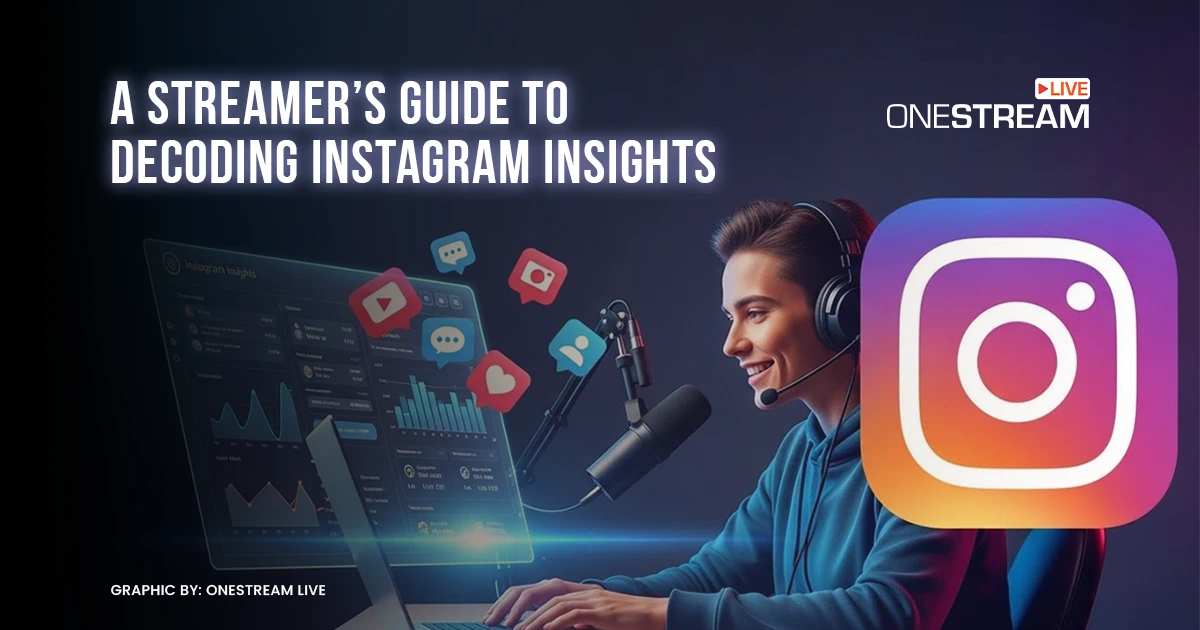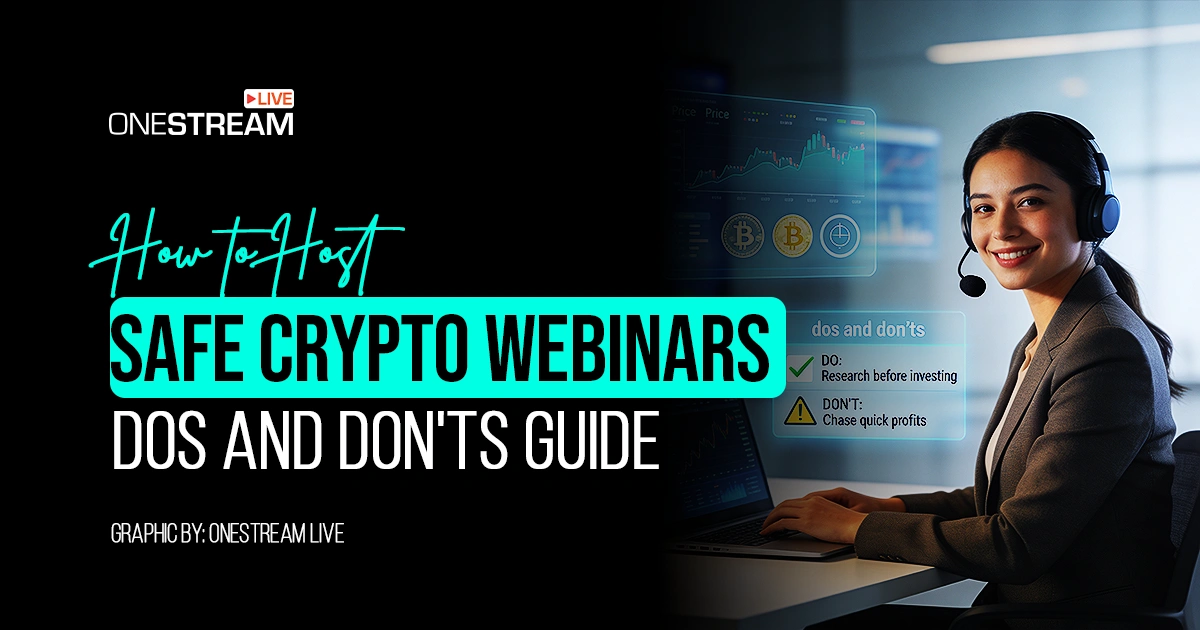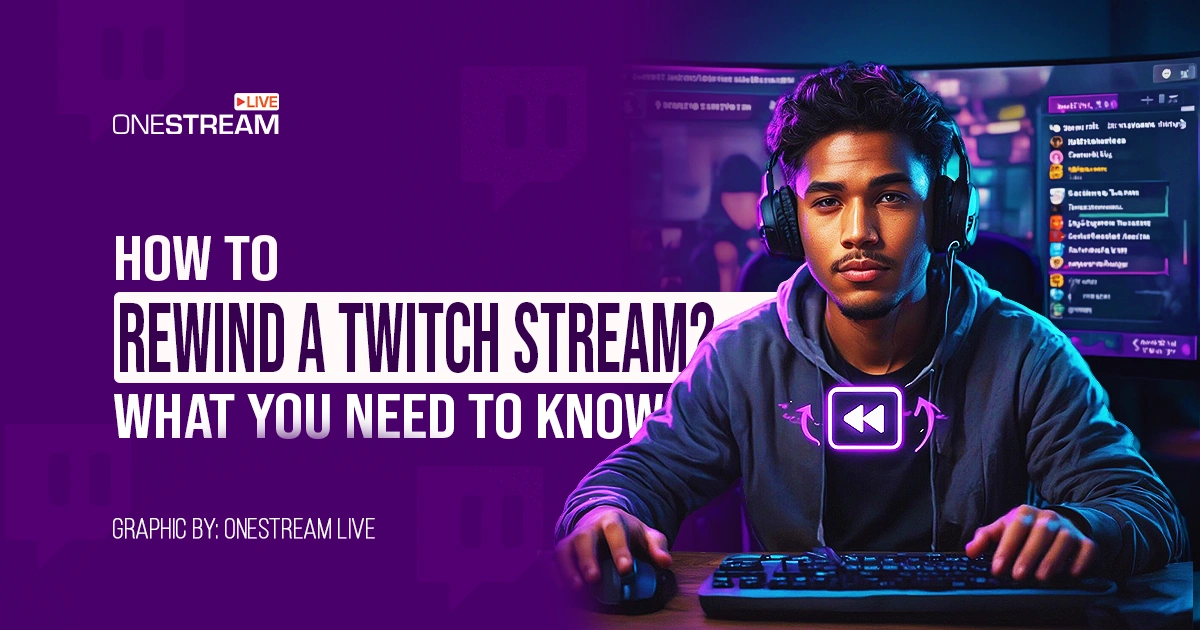Whether you’re from a news outlet, a local business owner, or a content creator looking to make it big, remote live streaming can be a game-changing tool for connecting with people in real time. Delivering content directly to your audience—no matter where they are—creates an unparalleled sense of engagement and opens up limitless opportunities. If you’re looking to learn how to stream live video from a remote location, traveling and exploring off-the-beaten-path destinations may be an experience you’re excited to share with your audience.
However, it does pose some unique challenges of its own. Let’s explore some of the key obstacles and the best practices for tackling them effectively.
Challenges of Remote Video Streaming
1. Unreliable Internet Connections
Reliable internet connectivity is the backbone of any successful remote video streaming experience. Unfortunately, connections in remote areas are often unpredictable. One moment, your stream is clear as day; the next, you’re stuck in an endless buffering loop, frustrating both you and your audience.
2. Logistical Hurdles
Streaming while traveling requires careful planning, but equipment failures, power outages, and harsh conditions can disrupt even the most prepared streamer. Add in the lack of local technical support, and even a small hiccup can turn into a big headache.
3. Time Zone and Audience Coordination
Aligning your stream with your audience’s time zone can be tricky. For instance, remote live streaming from Asia, when your audience is American, may require you to go live at odd hours to hit your audience’s prime time. Not factoring in time zones could leave you broadcasting to an empty room—or, in this case, an empty chatbox.
How to Stream Live Video from a Remote Location
1. Invest in Reliable Equipment
When it comes to remote video streaming, your equipment can make or break the experience. To ensure a professional-looking stream, invest in high-quality gear that won’t fail you mid-broadcast.
Essential equipment includes:
- High-quality cameras: This is the centerpiece of your setup. Whether it’s a DSLR, mirrorless camera, or professional webcam, a good camera ensures your content looks sharp and professional.
- Portable power bank: Electricity may not always be reliable in remote areas. Power banks or solar chargers can keep your gear running, even during outages.
- Mobile hotspots: 4G or 5G portable hotspots provide stable internet connections when Wi-Fi isn’t available, keeping your stream smooth and uninterrupted.
2. Use an International eSIM
If you’ve ever been hit with a shocking roaming bill after remote live streaming abroad, you’ll know why an international eSIM is a lifesaver.
Their benefits include:
- Cost-efficiency: Skip the excessive roaming charges by purchasing data plans directly through your eSIM provider.
- Convenience: No more fumbling with physical SIM cards and losing your SIM-eject tool—manage everything via a providers like Simify.
- Flexibility: Enjoy high-speed internet access in so many destinations.
3. Choose the Right Streaming Platform
When figuring out how to stream live video from a remote location, selecting a feature-rich and reliable platform is vital. OneStream Live offers an all-in-one, cloud-based solution that makes remote video streaming straightforward—even in the most challenging locations. Below are the key features that make OneStream Live perfect for remote live streaming:
- Pre-Recorded Streaming: Record content beforehand and schedule it to go live when your audience is most active. This ensures reliable broadcasts even if your remote internet goes offline.
- Mobile Live Streaming: Go live using only your phone’s camera right on the spot with OneStream Live’s mobile app. No software is required.
- Multistreaming: Go live on multiple social channels simultaneously, saving you the hassle of juggling separate streams in areas with inconsistent connectivity.
- Advanced Scheduling & Cloud Integration: Plan your events up to 60 days in advance and store your videos in Google Drive, Dropbox, or Amazon S3 for easy access anywhere.
- Adaptive Bitrate Streaming (ABR): Automatically adjusts video quality based on the viewer’s connection.
- 24/7 Live Chat Support: If something goes wrong in a remote setting, OneStream Live’s around-the-clock support can help you troubleshoot on the fly.
Together, these features allow you to focus on creating engaging content while remote video streaming without worrying about connectivity hiccups or complicated setups.
Captivating Audiences from Anywhere
Streaming from remote locations is a rewarding but challenging adventure. Issues like unreliable internet, logistical hurdles, and time zone coordination can be daunting, but they’re manageable with the right preparation.
By using dependable tools and platforms and high-quality equipment, you can overcome these challenges and deliver professional, engaging streams. Just like top live streamers and creators on platforms like Twitch or YouTube have perfected their craft of connecting with millions, you too can build a setup that captivates your audience—no matter where you’re streaming from.
OneStream Live is a cloud-based live streaming solution to create, schedule, and multistream professional-looking live streams across 45+ social media platforms and the web simultaneously. For content-related queries and feedback, write to us at [email protected]. You’re also welcome to Write for Us!











